
© Erik Kaiel / Dance Umbrella. (Click image for larger version)
Details of London Dance Umbrella shows and performances
www.arch8.nl
www.danceumbrella.co.uk
5 Questions to Erik Kaiel on his choreography and works for Arch8 as part of Dance Umbrella 2016
Erik Kaiel is an international teacher, performer and choreographer; born in Austria, he spent his formative years in North America, studying in both Canada and the USA. Kaiel spent a decade working with various choreographers in Brooklyn, before relocating to The Hague, in 2003.
Kaiel now juggles many diverse activities: as artistic director of Crosstown Den Haag, a choreographic fellow at Danslab, a busy dance academic and he creates dance for the artistic co-operative, Arch8. In this latter capacity, a double bill of his works No Man is an Island and Tetris – the latter based on the eponymous computer game and described as ‘unorthodox, acrobatic and perfect for children (and grown-ups) who can’t sit still’ – will be performed across London throughout October as part of Dance Umbrella 2016, beginning at Stratford Circus Arts Centre on 8 October and North Finchley’s artsdepot on 9 October; concluding at the Unicorn Theatre on 22 October (full details). Graham Watts caught up with Erik to ask five questions ahead of these shows.
You’re a very busy man! How do you keep on top of your many different roles?
The first rule is just to be fully present, wherever you are. Feel no guilt toward the other projects. This lets you focus on one thing at a time, and enjoy each of them. And, you get more done that way; once you remove the constant filter of worrying from your artistic and life process.
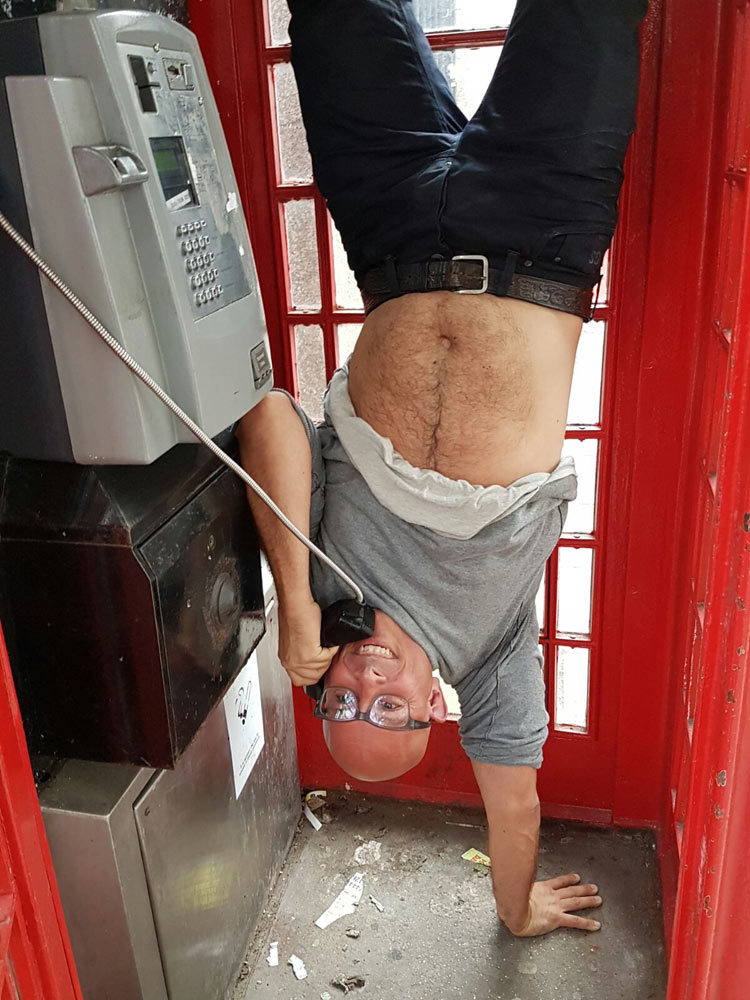
© Erik Kaiel / Dance Umbrella. (Click image for larger version)
Who have been the primary influences upon you as you have developed your career as both performer and choreographer?
I have to say Wim Vandekeybus; because he used a lot of physical objects in his work, and the dancers really move – they sweat, grunt, struggle – it’s all visible. Other than that, there is no one strong influence, but my decade in New York City was a cauldron where I saw a lot of work, from all over the world, and the sum total of that experience really helped to define and refine my aesthetic.
Your reputation was initially built through site-specific work, in subway stations, empty swimming pools, gardens and other public spaces. What is so fascinating and challenging about creating performances in unusual places?
I left New York to do site-specific work. Montreal provided the subway stations, Washington DC, the sculpture gardens, etc. I was very interested in putting work into public space, to see how commuters and everyday people would react – but then September 11th happened, and New York went on lockdown – so I and my dancers would prep in New York, and then go crash on friend’s couches in other cities, and perform.
Having done it for more than twenty years now, in Senegal, Benin, Egypt, Canada, and throughout Europe, I’m always fascinated by the relationship between the performers and urban space. There is a dialogue created between body and buildings; and by the freedom of the public because, if it doesn’t hold their interest, they move on. So it challenges me as a maker to think differently about composition, to get to the point and keep it interesting. I’ve definitely taken this to heart and have used what I learned in the streets to make unusual performances for the stage too – with audience interaction, physical intensity, enjoyment and profundity in equal measure.
You have a special reputation for making dance theatre aimed at young audiences, such as Tetris. Why is making work for – and with – children and young people so important to you?
Dance uses the body to organize the world through imaginative play. It isn’t that far removed from playground activities. So, young minds can leap aboard my work and come along for the ride. Adults take longer to convince; they have to be lured into it. I want to get to young fertile impressionable minds before status and identity is overly framed and defined; to encourage community, live interaction and imaginative play. We are never going to stop media, nor do I want to, but I champion connecting with others in real life – how one does that, what it means, and why it’s great. Imaginations need to be fed, bodies need to be unleashed; joy needs an outlet. So, my work is designed to foster active imagination on the part of the public, be that adult or young audiences.
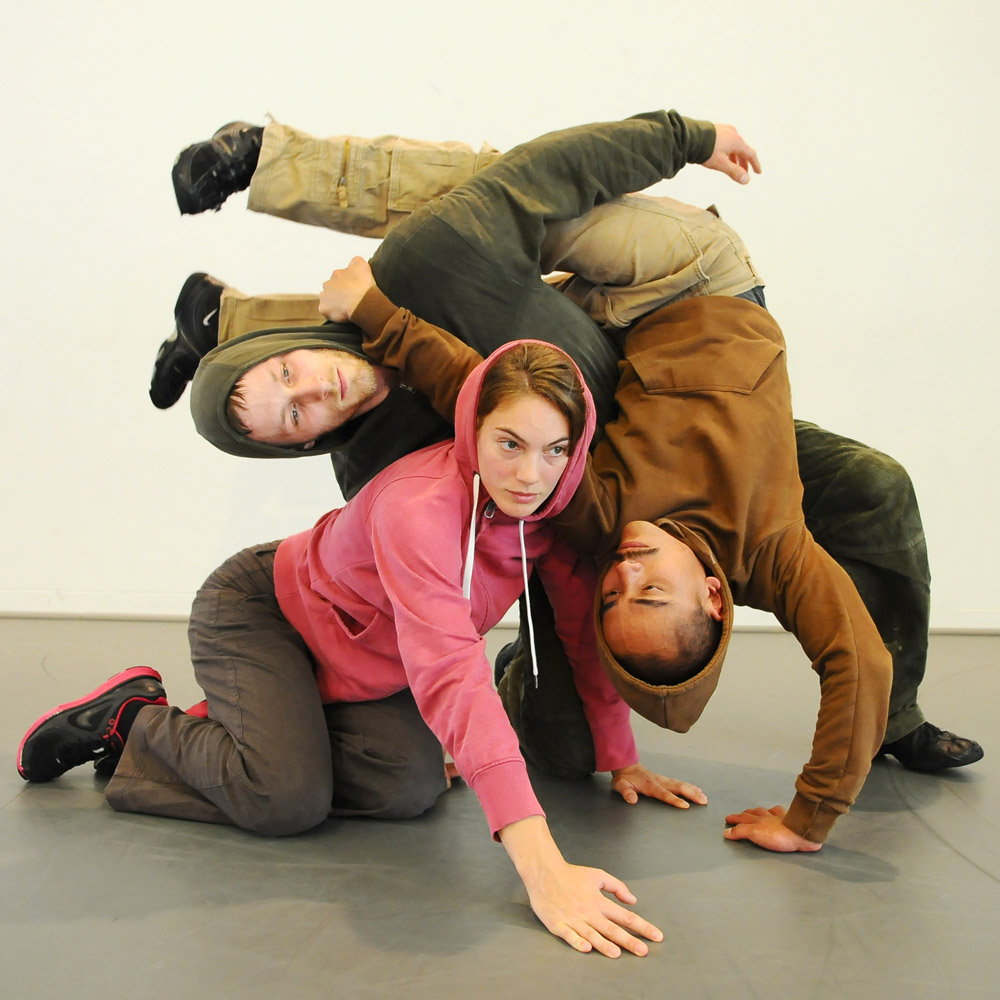
© Erik Korzo. (Click image for larger version)
You once said that the duet, No Man in an Island was your proudest achievement. Can you explain why this work means so much to you?
One body lays on the ground, eyes shut, and another body – eyes open – moves on top of it. Trying to engage. Twisting, turning, torqueing the body below in all sorts of shapes. This work means so much to me because it is deceptively simple, and resonant with things I had been researching for years. It came in a flash; we made it in less than two weeks. It contains the elements I hold most dear. Not because I shoved them in, but because they organically belong inside it. It is minimal, physically intense, and poetically resonant. It is metaphor stripped to the bone; each viewer sees different things in the relation between the two bodies, and each viewer is exactly right. It is an offering, an invitation to witness, and to imagine for yourself what it might mean. Come see for yourself!
I certainly intend to! Thanks so much, Erik!








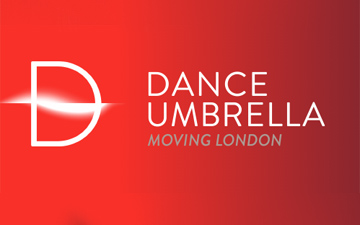

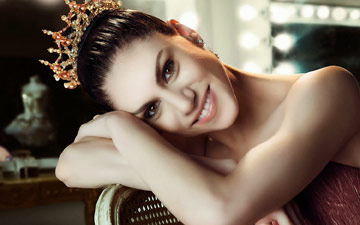
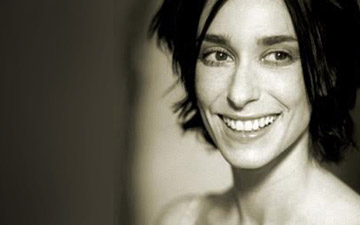
You must be logged in to post a comment.